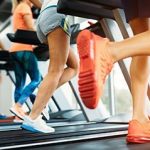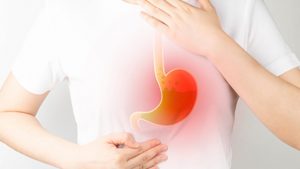
New research offers up some good news for diehard marathon runners: You don’t necessarily have to give up running if you are experiencing hip or knee pain. Contrary to widespread opinion, running marathons does not increase your risk for developing hip or knee osteoarthritis, the wear and tear form of the disease, a new study of seasoned Chicago marathoners showed. “You don’t develop knee or hip osteoarthritis simply because of how fast you run or how many miles you put on your body,” said study author Dr. Matthew James Hartwell, an orthopedic surgery sports medicine fellow at the University of the University of California, San Francisco. So, what does increase a runner’s risk for hip or knee arthritis? Basically, the same things that up these risks in non-marathoners, Hartwell said. This includes advancing age, family history of hip or knee arthritis, and previous injuries or knee surgery, as well as higher body mass index (BMI), a measure of body fat based on height and weight. For the study, more than 3,800 Chicago marathoners (mean age: nearly 44) answered questions about their running history, including number of marathons, number of years spent running, and average weekly mileage. They also answered questions about known risk factors for knee and hip arthritis. Participants completed an average of 9.5 marathons, ran 27.9 miles per week, and had been running… read on > read on >





































